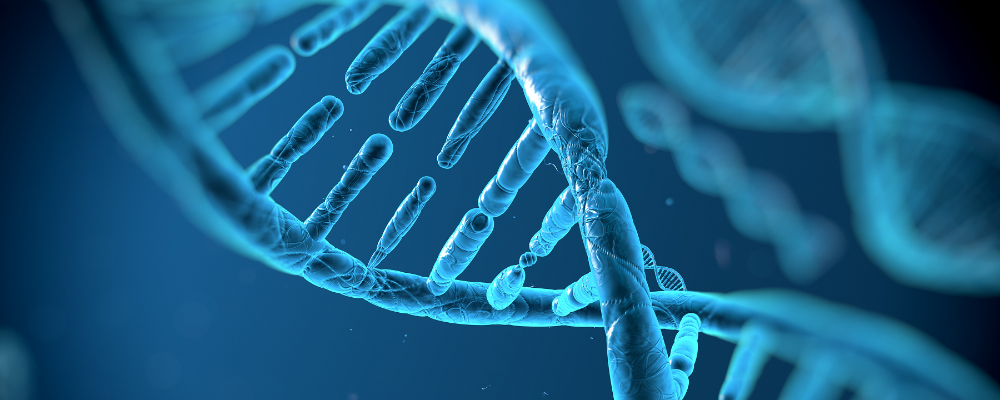
The Missing Link In Divergent Evolution
Unanswered Questions
While genetic evolution is taught in almost every introductory biology class, some questions remain unanswered. One of the biggest questions that evolutionary biologists still face is how differences in the genetic code translate to the vast array of phenotypic differences throughout the natural world. Since changes in the genome don’t always clearly correlate to a change in phenotype, studies of speciation can be confounding. Additionally, it can be exceedingly difficult to pinpoint which genetic change corresponds to a phenotype.
An article released this year in Science Advances aims to address some of these challenges by using advanced genetic screening. The article by Li et al. describes a method of genetic screening that examines the genetic differences between two fungi incapable of sexual reproduction: Saccharomyces cerevisiae and Saccharomyces uvarum. Since S. uvarum is fairly heat sensitive and S. cerevisiae is heat tolerant, the scientists wanted to examine the genetic causation behind this phenotypic difference.
Genetic Bias
To elucidate the genetic basis for the heat-related phenotype, the researchers screened 4792 nonessential yeast genes and created hemizygotic crosses between S. cerevisiae and S. uvarum to identify genes of interest for the heat tolerance phenotype. They also examined the mitochondrial genome in a similar manner. Once they had created their hemizygotes, the researchers isolated the genomic DNA using the Quick-DNA Fungal/Bacterial DNA Microprep Kit and enriched the mtDNA fractions using a custom enrichment protocol. They then eliminated residual inhibitors and concentrated their DNA samples by performing a cleanup with the DNA Clean & Concentrator Kit. The researchers then created sequencing libraries using the Nextera DNA Library Preparation Kit TM and sequenced the libraries with the Illumina MiniSeq TM.
Greater Insight
Their results indicate that a combination of genetic differences was responsible for the observed phenotype. One surprising result was that the majority of genomic effectors were derived from the mitochondrial genome, and this included important genes such as COX1 (Cytochrome c oxidase subunit 1) which created a significant heat tolerance phenotype in the hybrid yeast. Genetic screening and similar genomic techniques, made possible by the technological revolution in genomics, are allowing greater insight into molecular genetics. These studies are crucial in establishing methods for us to evaluate the process of speciation on a molecular level. To read more about this research, see the paper here.
References:1. Li, X. C., Peris, D., Hittinger, C. T., Sia, E. A., & Fay, J. C. (2019). Mitochondria-encoded genes contribute to evolution of heat and cold tolerance in yeast. Science Advances, eaav1848.
July 03, 2020


